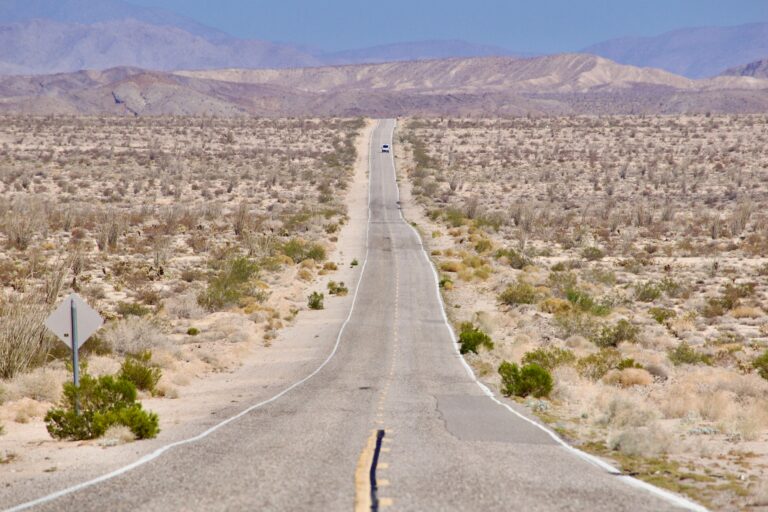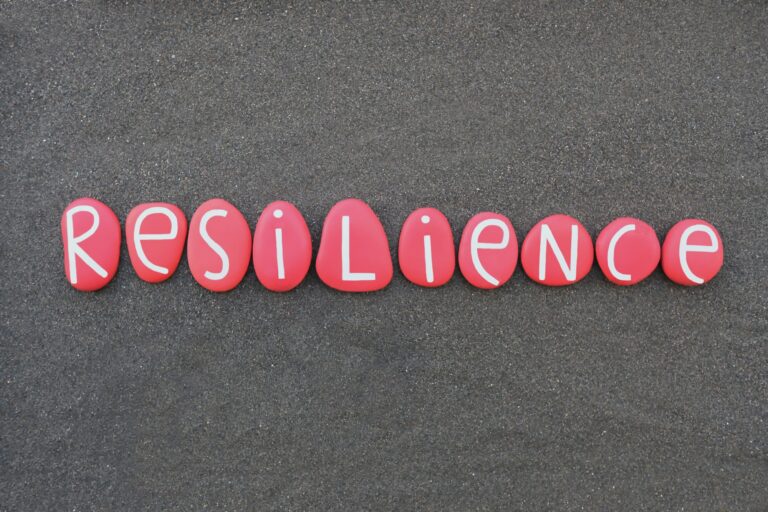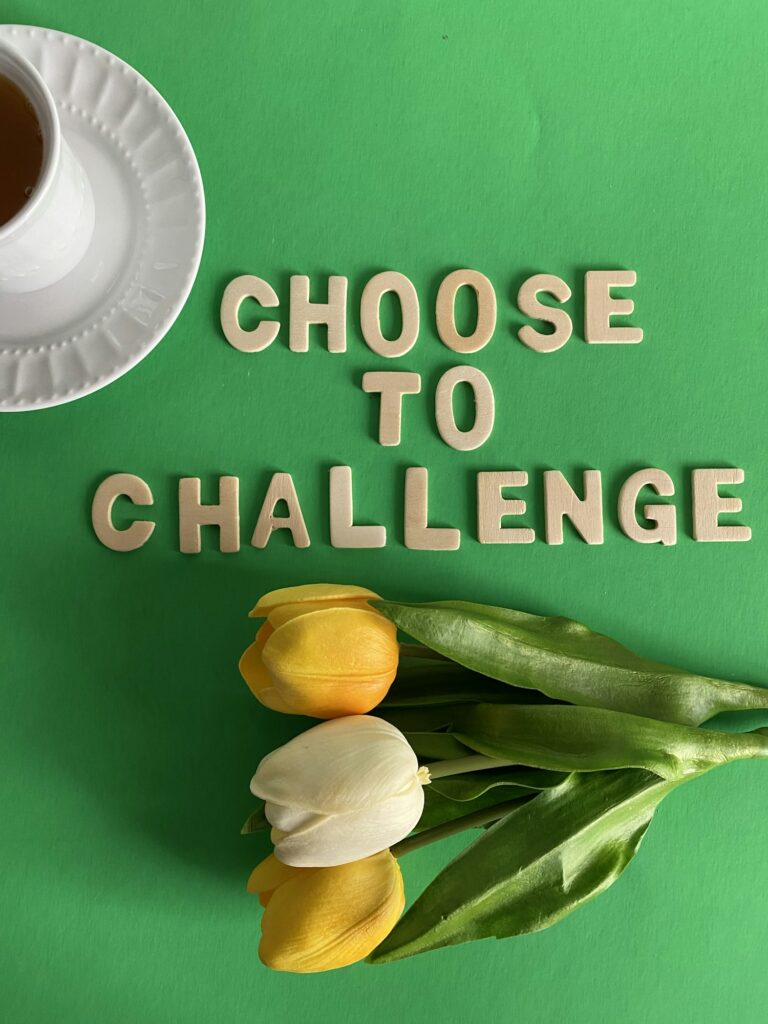In the world of art, creativity knows no bounds. Artists continually push the envelope, exploring new mediums and methods to express their vision. One of the most intriguing trends in contemporary art is the use of unconventional materials—items often considered trash—to create stunning masterpieces. This innovative approach not only challenges traditional notions of art but also promotes sustainability. Let’s dive into the fascinating world of turning trash into treasure.
1. The Rise of Eco-Friendly Art
1.1 What is Eco-Friendly Art?
Eco-friendly art, also known as sustainable or green art, focuses on creating works that are environmentally responsible. This movement encourages artists to use recycled, upcycled, or otherwise sustainable materials. By repurposing waste, these artists reduce their ecological footprint and make powerful statements about consumption and waste.
1.2 The Importance of Sustainability in Art
Sustainability in art is more than just a trend; it’s a necessary evolution. As the world grapples with climate change and environmental degradation, artists play a crucial role in raising awareness and inspiring change. Eco-friendly art not only beautifies spaces but also educates the public on the importance of sustainability.
2. Innovative Use of Unconventional Materials
2.1 Everyday Objects as Art Supplies
One of the hallmarks of eco-friendly art is the use of everyday objects. Items like plastic bottles, metal scraps, and discarded electronics are transformed into beautiful sculptures and installations. This practice not only reduces waste but also highlights the potential of ordinary items to become extraordinary art.
2.2 Organic Materials
Organic materials such as leaves, flowers, and wood offer a unique aesthetic and are completely biodegradable. Artists who use organic materials often draw inspiration from nature, creating works that reflect the beauty and fragility of the natural world.
2.2.1 The Beauty of Nature
Incorporating organic materials into art can result in pieces that are both visually stunning and environmentally friendly. These materials can decay over time, adding an element of impermanence that echoes the natural cycles of growth and decay.
2.3 Industrial Waste and Scrap
Industrial waste, such as metal shavings, broken machinery parts, and construction debris, provides a rich source of materials for innovative artists. These items, once destined for landfills, find new life in art, challenging viewers to reconsider their perceptions of waste.
3. Techniques for Transforming Trash
3.1 Upcycling vs. Recycling
Upcycling and recycling are two key techniques in eco-friendly art. Recycling involves breaking down materials to create new products, while upcycling transforms waste into something of higher value without altering its original form. Both techniques are essential in reducing waste and promoting sustainability.
3.2 Assemblage and Collage
Assemblage and collage are popular techniques among eco-artists. Assemblage involves creating three-dimensional works from found objects, while collage uses various materials to create layered, textured pieces. These methods allow artists to combine disparate items into cohesive, thought-provoking works.
3.3 Interactive and Functional Art
Some artists take eco-friendly art a step further by creating interactive or functional pieces. These works invite viewers to engage with the art in new ways, whether through touch, movement, or use. Functional art, such as furniture or wearable items, demonstrates the practical potential of upcycled materials.
4. Notable Eco-Artists and Their Works
4.1 Vik Muniz: The Art of Recycled Images
Vik Muniz is a Brazilian artist known for his large-scale portraits made from recycled materials like garbage, chocolate syrup, and dirt. His works often recreate famous images, challenging viewers to consider the origins and implications of the materials used.
4.2 El Anatsui: Transforming Bottle Caps
Ghanaian artist El Anatsui creates stunning tapestries from thousands of discarded bottle caps. His intricate works explore themes of consumption, waste, and transformation, highlighting the beauty and potential of what is often overlooked.
4.3 Aurora Robson: From Plastic Waste to Sculptures
Aurora Robson is an artist who transforms plastic debris into intricate sculptures and installations. Her work addresses the issue of plastic pollution, encouraging viewers to reconsider their relationship with single-use plastics.
5. How to Start Creating Eco-Friendly Art
5.1 Gather Your Materials
Start by collecting materials that would otherwise be discarded. Look for items that inspire you, whether they are broken electronics, plastic bottles, or fabric scraps. The possibilities are endless, and each item holds the potential to become part of your next masterpiece.
5.2 Experiment with Techniques
Don’t be afraid to experiment with different techniques. Try your hand at assemblage, collage, or even digital art using scanned images of found objects. The key is to explore and find what works best for your creative vision.
5.3 Share Your Work
Once you’ve created your eco-friendly art, share it with the world. Use social media, local galleries, or community events to showcase your work and spread the message of sustainability. By sharing your art, you can inspire others to think creatively about waste and its potential.
Conclusion
The art world is undergoing a transformative shift as more artists embrace unconventional materials and sustainable practices. By turning trash into treasure, these innovative creators are not only producing stunning works of art but also making powerful statements about the importance of sustainability. Whether you’re an aspiring artist or simply an art enthusiast, there’s no better time to explore the exciting possibilities of eco-friendly art. Embrace the challenge, get creative, and see how you can contribute to a more sustainable future through your art.








